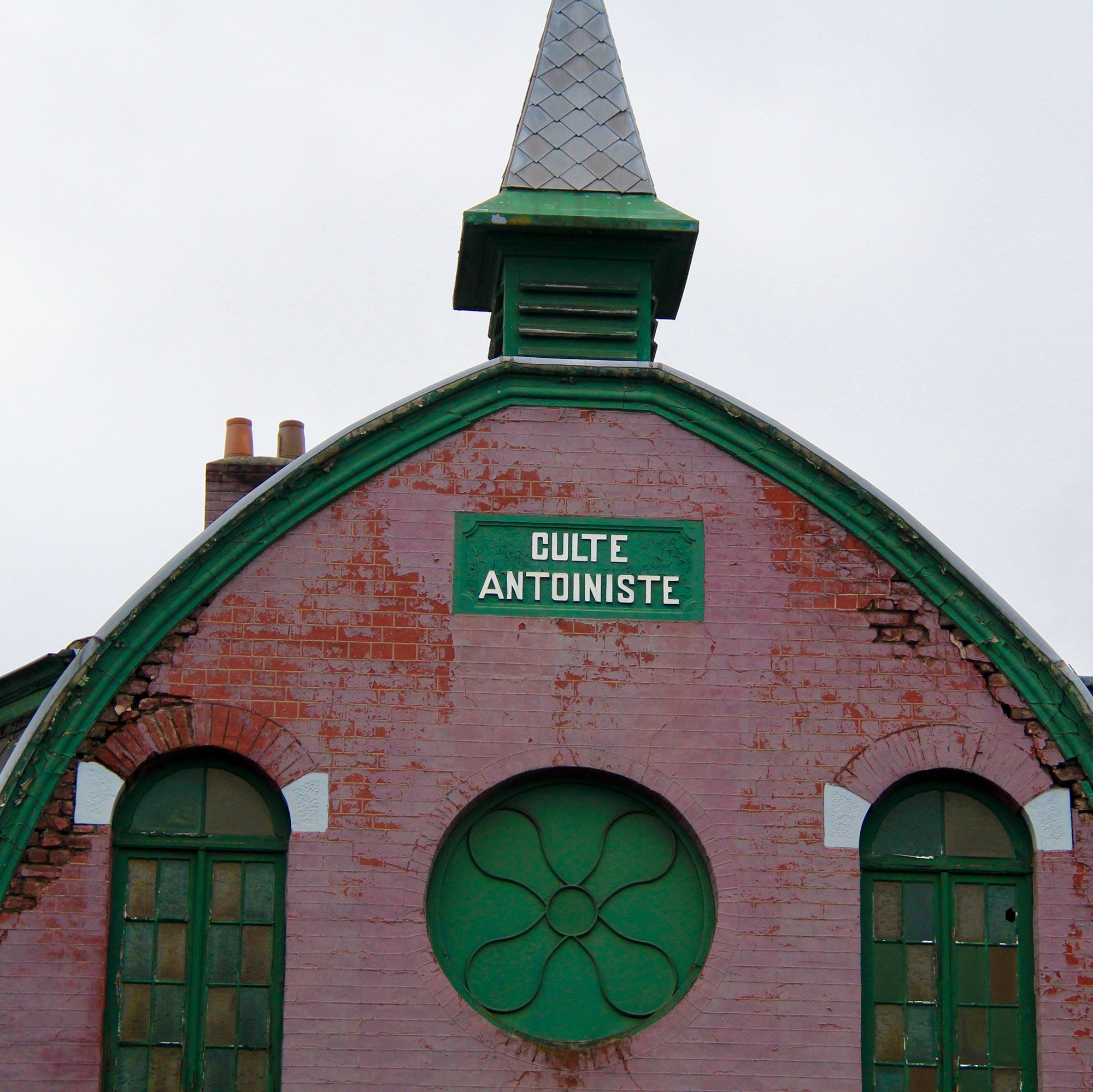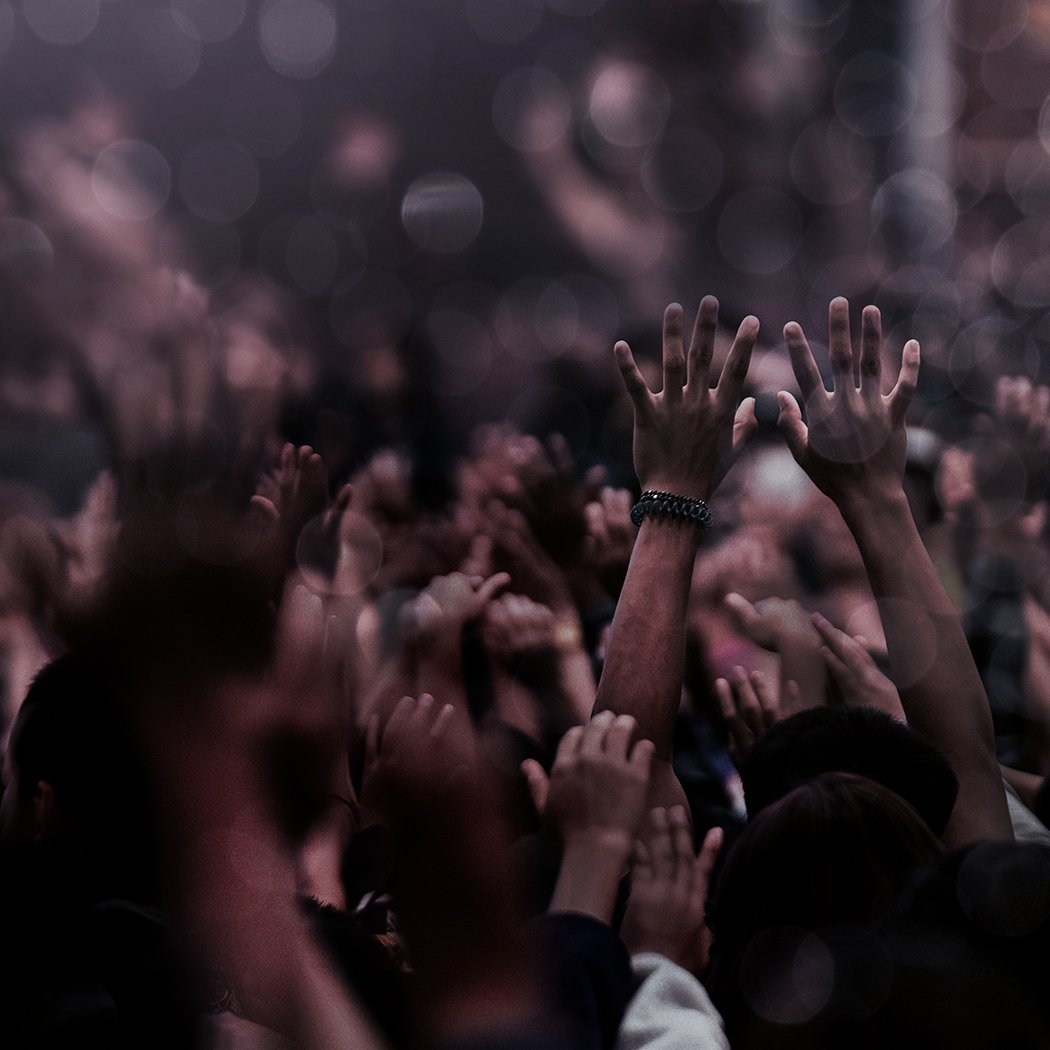The Hindu Right Is Coming for Muslim Sanctuaries
Mosques and shrines in India are at risk of being razed or overtaken by the growing nationalist movement.
APRIL 9, 2024
A Hindu temple is a sophisticated structure. The building, the faithful believe, comprises a set of parts that correspond to those of the human body. The spire up top is the head. The entrance represents the feet. The sanctum sanctorum is the womb. And the deity’s idol, placed inside, is the soul.
The Ram Temple, which opened to the public in January but is expected to be under construction for the rest of the year, stands at the site of the centuries-old mosque that Prime Minister Narendra Modi’s Hindutva brethren destroyed in Ayodhya, Uttar Pradesh, in 1992. The mosque, known as Babri Mosque, had been built by a general under the Mughal emperor Babur in 1528 or 1529. Building a temple at the site had been in the manifesto of Modi’s political party, the BJP, for over 30 years. For adherents of Hindutva, the right-wing Hindu nationalist ideology espoused by the BJP, building such a temple was a way to remake the country, or rather restore it, as a Hindu-first India, a Hindu nation.
A week before the temple’s consecration ceremony, the town of Ayodhya, newly refurbished, was slowly filling up with Hindu devotees from all across India. The main road leading to the temple had been widened. To accommodate this, the size of many shop fronts along the way had been halved. Some of the shopkeepers I talked to said they accept this as a necessary pain for a greater good — the temple, and the business it will bring. (In the month after its opening, over 6 million people visited Ram Temple.) Others said they were unhappy with the menial compensation they had received for their troubles. One woman told me that half of her shop had been demolished to widen the road. Modi was more omnipresent than gods — on billboards, banners, buses, shop fronts. With his reelection near certain, the questions that this consecration raised of the destruction of Muslim culture in India are bound to grow in importance.
✺
Babri Mosque was constructed in the 16th century by the Mughal official Mir Baqi in Ayodhya, a temple town described in the Hindu epic Ramayana as the birthplace and kingdom of the deity Ram. Many Indians believe that a Hindu temple previously stood in its place. In 1934, Hindus attacked the mosque and damaged its domes during riots. In 1949, two years after India’s independence, a bureaucrat named K.K. Nayar conspired with local Hindus to place a small idol of Ram inside the mosque during the night. They claimed the appearance of the idol was a miracle, a divine reclamation. Many Hindus tried to break into the mosque but were stopped by the police. This gave Nayar an excuse to close the mosque for prayers, and the government took over the site. The Hindu idols continued to remain inside it, and a few Hindu priests were allowed to manage prayers. Muslims could never pray inside Babri Mosque again.
Since 1885, the site has been the subject of a legal dispute over who owns it, Hindus or Muslims.
In the late 1980s, the BJP, then in opposition, made building a temple at the site of the mosque a central rallying point in its mass outreach. In 1990, Lal Krishna Advani, Modi’s political mentor, took out a “chariot” pilgrimage across India to support the construction of the temple. He rode through cities and villages in a modified Toyota. Over the course of his journey, 116 riots took place. The BJP’s electoral gains over the course of the next few years were huge.
In December 1992, thousands of men mobilized by the BJP and its sister organizations razed Babri Mosque. They came to Ayodhya from across India, fed by local villagers who saw them as pilgrims on a righteous journey. In the days and months following the event, public opinion about the destruction of the mosque became sharply polarized. It also led to riots and violence between Hindus and Muslims. Advani gave an impassioned speech the day the mosque was destroyed.
The temple construction was aided by India’s courts. Since 1885, the site has been the subject of a legal dispute over who owns it, Hindus or Muslims. The case was finally decided in 2019. The decision was an unusual one: India’s Supreme Court said there was no proof that a temple of Ram had been destroyed at the site before the mosque was built. It said Muslims had been wronged and the destruction of Babri Mosque was an “egregious violation of the rule of law.” And then it decided in favor of Hindus. Their claim, the court said, was stronger because Hindus had always maintained possession of the outer courtyard of the mosque and, since the placing of idols inside it in 1949, had also maintained possession of the interior. (The court also granted Muslims land at an alternate place as a compensation for their loss.) An unsigned addendum to the judgment cited Hindu faith in the site being the birthplace of Ram as evidence for deciding against Muslims. Three of the judges on the case received post-retirement jobs from the government.
A year after the temple judgment, in 2020, a court separately acquitted Advani and 31 others of criminal conspiracy charges in the Babri Mosque demolition case. The judge said there wasn’t enough credible evidence that the destruction of the mosque was premeditated. In February, Modi bestowed on Advani India’s highest civilian honor — the Bharat Ratna, which is awarded for “exceptional service/performance of the highest order.” The judge who acquitted Advani was hired by the government seven months after his retirement.
In the lead-up to the consecration of Ram Temple, a frenzy unlike anything seen before had taken over the country. News media, corporations, social media influencers, celebrities and ordinary, well-meaning people were all waiting in reverence and deep anticipation. To prepare for his role as the chief guest of the event, Modi had undertaken an 11-day ritualistic fast. More than 6,000 people — among them film stars, former Supreme Court judges, former army chiefs, BJP workers, and people from across the political spectrum — were invited to the ceremony at the temple. Along both sides of one of the roads leading to the temple, thousands of people had been waiting since early morning, hoping to catch a glimpse of Modi and other celebrities and public figures.
But since the day of the consecration, Hindutva forces have now started to focus on other mosques that they believe were once Hindu temples or had been built upon the sites of destroyed ones.
At the media center, when the big screen showed Modi entering the temple, many people across the hall burst into chants of “Jai Sri Ram” — “Hail Lord Ram.” Then Modi proceeded to carry out the rituals on the instructions of the priest. The camera made sure to always include Modi in the frame along with the deity’s bejeweled idol. When the ceremony was over, he broke his fast. He talked of ushering in a new era and laying the foundations of a thousand-year civilization.
But since the day of the consecration, Hindutva forces have now started to focus on other mosques that they believe were once Hindu temples or had been built upon the sites of destroyed ones. In Delhi, a mosque and a seminary for Muslim children were razed by bulldozers. The government said it was an encroachment on forest land. (The mosque had been standing there for 600 years.)
In Uttarakhand, a northern Indian state bordering Uttar Pradesh, the government has been demolishing Muslim mazaars — mausoleums that function as shrines. Some of these shrines are older than the Indian republic and the laws under which they are purportedly targeted. In 2023, the government demolished at least 465 such shrines in Uttarakhand. In his public speeches, the BJP chief minister of the state has denounced the “illegal” shrines as part of “mazaar jihad,” while the government has claimed that the destruction is necessary to protect the forest land where the mazaars are located.
Days after the Ram Temple inauguration, violence erupted in Haldwani, Uttarakhand, over the demolition of a mosque and a Muslim seminary. Six people were killed. Over 300 Muslim families reportedly fled the area, seeking safety. On the day the mosque was demolished, its caretakers had reached out to the court to challenge the decision and request protection for the building. The request was not granted. The case posted to be heard in May, although no decision can bring back the building.
Many right-wing Hindus believe that two other major mosques need to be wrested back from Muslims after Babri: Shahi Idgah in Mathura and Gyanvapi Mosque in Uttar Pradesh. In both cases, litigation is ongoing. Hindus claim that the mosques were built over temples that were destroyed by the Mughal king Aurangzeb. A mere week after the Ram Temple inauguration, a court in Varanasi granted Hindus the right to offer prayers in the basement of Gyanvapi Mosque. The judge, who delivered the order on his last working day before retirement, was given a government job in February.
PHOTO: Pran Pratishtha ceremony of Shree Ram Janmaboomi Temple in Ayodhya, Uttar Pradesh on January 22, 2024. Prime Minister’s Office (GODL-India), via Wikimedia Commons



